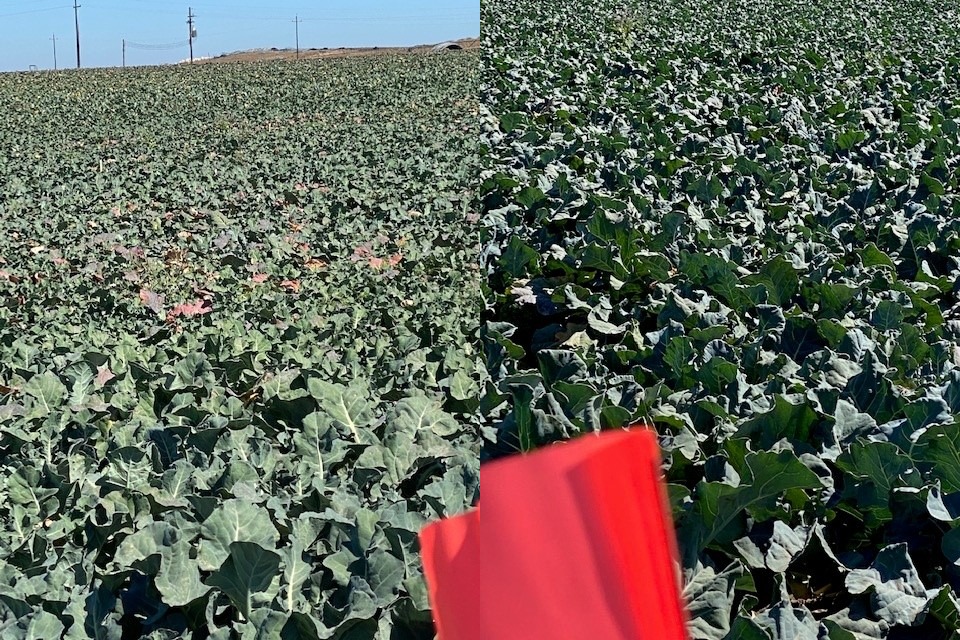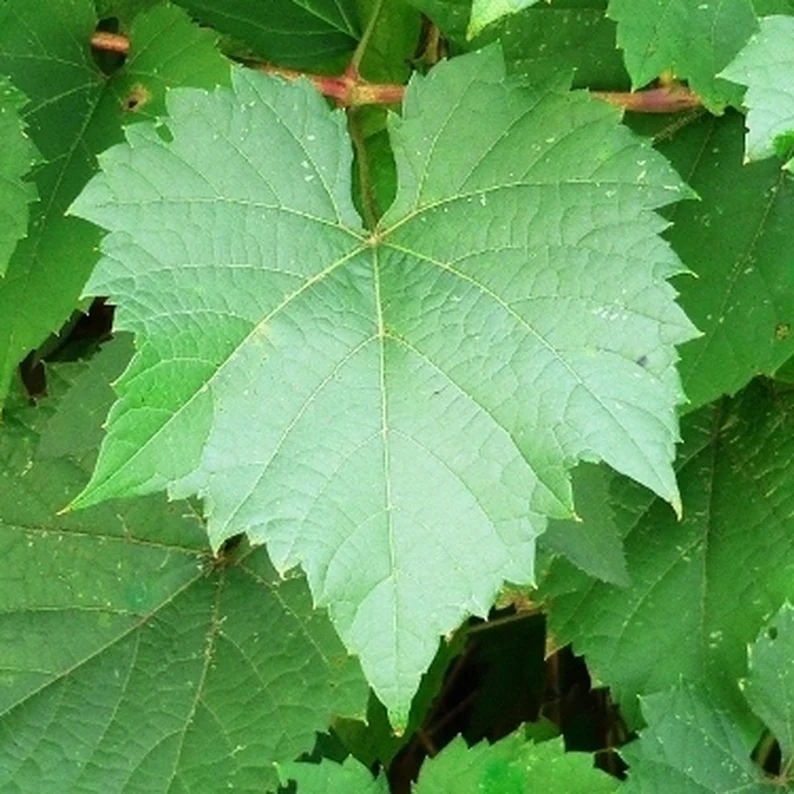Lignin is made up of carbon-based aromatic rings with various side chains found in the hard secondary cell walls of vascular plants. Soil organic matter (SOM) stores carbon in complex compounds like lignin, and releases carbon as CO2, primarily through microbial decomposition but also through abiotic factors.
The problem with lignin is that it takes time to break down and become useful in a soil environment or profile. In a wooden match burning, the lignocellulosic structure of the wood breaks down quickly into vapors comprised of phenols, carbon, and organic acids which are immediately lost to the atmosphere in the burning process when exposed to air.
If you could control the burning environment by heating the biomass in an air-free space so you could harness those phenols, carbon, and other useful compounds, the result would be a very powerful bio-stimulant and soil amendment. We know that aromatic plants contain many biologically active compounds, mainly phenolics, which have known antimicrobial, antioxidant, antiparasitic, antiprotozoal, antifungal, and anti-inflammatory properties. These are secondary metabolites and are critical to plant health. The aromatic rings in lignin have similar properties, and when deconstructed by thermal or enzymatic processes, convert into phenols.
Lignin is also a major component of decaying terrestrial vegetation in soils and has been arguably reported to contribute substantially to the formation of soil carbon humus, and natural dissolved organic matter (DOM). Lignin is slowly changed to humic substances when mixed with soil. Even before it is converted to humus, however, it has many of the properties of humus, such as the ability to react with minerals in the soil, control the size of aggregates in clay, and aid in controlling the alkalinity of the soil.
I visited Mike Woelk at Corigin last week. Their modern carbon-removal biorefinery is taking almond shells full of lignin and converting them into a liquid growth enhancer full of phenols and organic acids. It smells like an ongoing Texas BBQ (and in fact, we had steaks on the BBQ for lunch!). The product they’re making is called Coriphol. This is our second season working with the material, and we’re seeing some phenomenal results. These pictures are from a broccoli field in Santa Maria in very sandy soils. The Coriphol-treated blocks (right side) have maintained their integrity while the control (left side) is hitting the wall. The only change or addition to the program was Coriphol. The fertilizer program was the same for both blocks. We’ve also applied the material to vineyards, citrus, almonds. lettuce, and tomatoes and are getting similar spectacular results. Nothing better than making your growers happy! We’re also substantially improving their ROIs, as they can reduce other costly inputs. Please contact me should you have questions or are interested in purchasing material.





